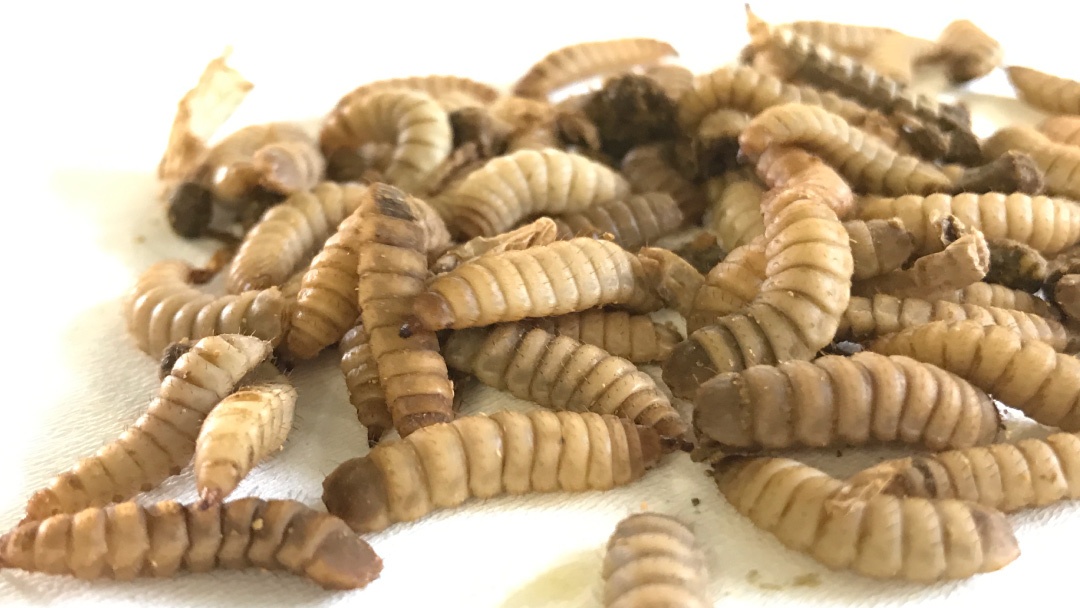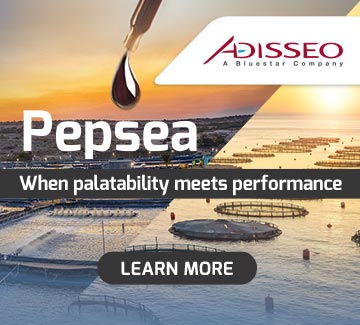
In the search for new ingredients for fish feed, insect meal is proving to be a reliable and highly promising source due to its sustainability and nutrient richness.
Two species stand out for their performance when included in feed: mealworm (Tenebrio molitor) and black soldier fly (Hermetia illucens), each with their advantages and challenges, particularly regarding palatability.
Two main factors have been identified as influencing fish acceptance of feeds made with high levels of insect meal replacement: chitin and saturated fatty acids.
Chitin, a structural polysaccharide found in the exoskeletons of insects, can have a beneficial effect in small amounts, as shown in studies conducted with commercially relevant fish in aquaculture. This compound has a structure similar to cellulose, and not only does it reduce nutrient digestibility, but it can also affect the organoleptic properties of the feed in undesirable ways.
Recent studies have shown that high amounts of chitin are linked to reduced efficiency in the absorption of proteins and essential fatty acids. This impact on digestibility may be directly related to a decrease in palatability.
Another key factor affecting feed palatability is the fatty acid profile of insect meal. As previously reported by misPeces, black soldier fly is rich in saturated and monounsaturated fatty acids, such as lauric acid. While these lipids offer energy benefits, they are prone to oxidation, which can alter the taste and smell of the diets.
In response to this challenge, strategies to improve feed palatability involve developing technologies to reduce chitin content or enhance its digestibility. Among these are dechitinisation processes or the inclusion of enzymes that degrade chitin.
Similarly, it is necessary to stabilise saturated fatty acids and prevent their oxidation, which can be achieved through the addition of antioxidants or by developing new lipid formulations that are more appealing to fish.


